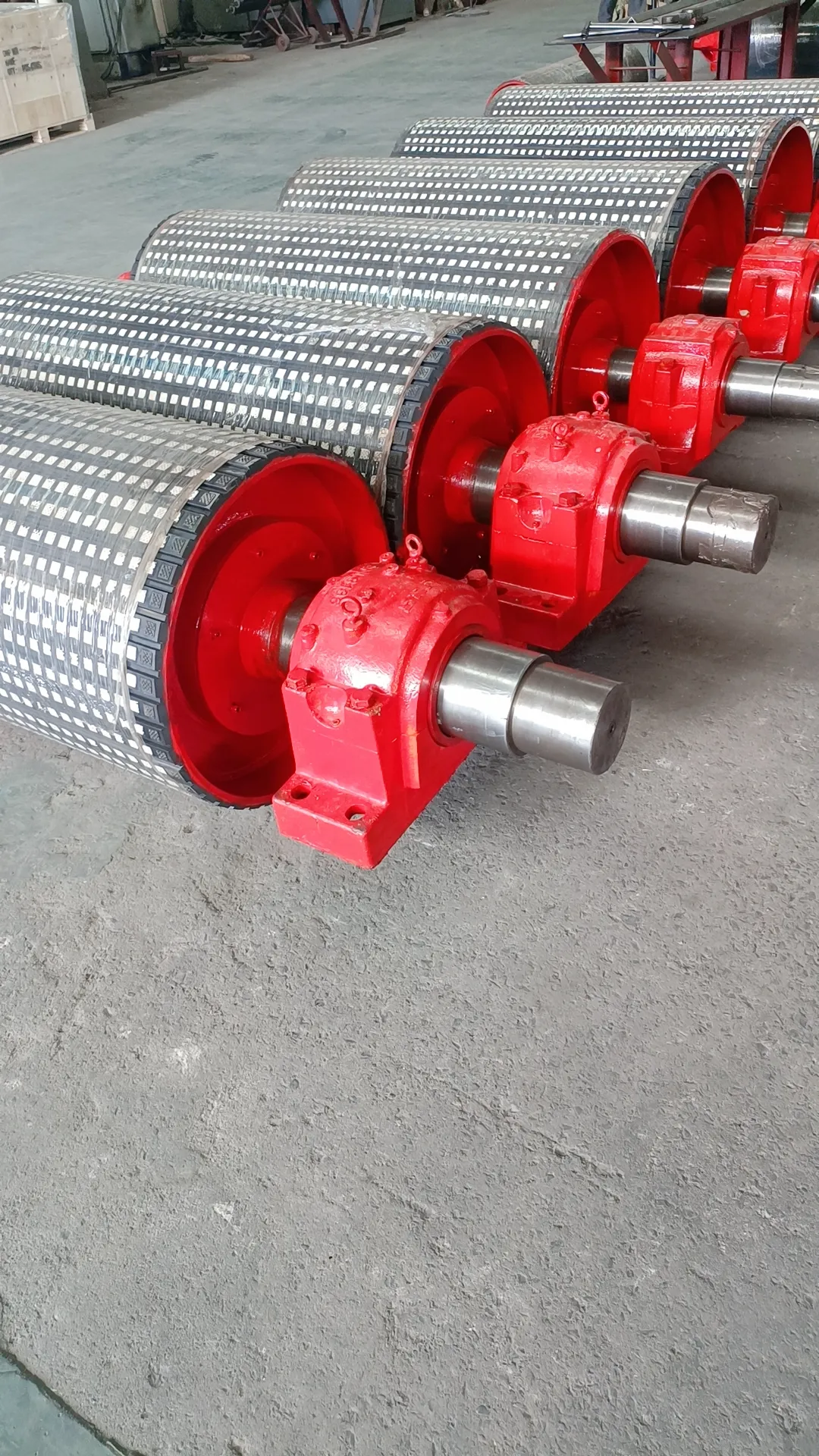 Afrikaans
Afrikaans  Albanian
Albanian  Amharic
Amharic  Arabic
Arabic  Armenian
Armenian  Azerbaijani
Azerbaijani  Basque
Basque  Belarusian
Belarusian  Bengali
Bengali  Bosnian
Bosnian  Bulgarian
Bulgarian  Catalan
Catalan  Cebuano
Cebuano  Corsican
Corsican  Croatian
Croatian  Czech
Czech  Danish
Danish  Dutch
Dutch  English
English  Esperanto
Esperanto  Estonian
Estonian  Finnish
Finnish  French
French  Frisian
Frisian  Galician
Galician  Georgian
Georgian  German
German  Greek
Greek  Gujarati
Gujarati  Haitian Creole
Haitian Creole  hausa
hausa  hawaiian
hawaiian  Hebrew
Hebrew  Hindi
Hindi  Miao
Miao  Hungarian
Hungarian  Icelandic
Icelandic  igbo
igbo  Indonesian
Indonesian  irish
irish  Italian
Italian  Japanese
Japanese  Javanese
Javanese  Kannada
Kannada  kazakh
kazakh  Khmer
Khmer  Rwandese
Rwandese  Korean
Korean  Kurdish
Kurdish  Kyrgyz
Kyrgyz  Lao
Lao  Latin
Latin  Latvian
Latvian  Lithuanian
Lithuanian  Luxembourgish
Luxembourgish  Macedonian
Macedonian  Malgashi
Malgashi  Malay
Malay  Malayalam
Malayalam  Maltese
Maltese  Maori
Maori  Marathi
Marathi  Mongolian
Mongolian  Myanmar
Myanmar  Nepali
Nepali  Norwegian
Norwegian  Norwegian
Norwegian  Occitan
Occitan  Pashto
Pashto  Persian
Persian  Polish
Polish  Portuguese
Portuguese  Punjabi
Punjabi  Romanian
Romanian  Russian
Russian  Samoan
Samoan  Scottish Gaelic
Scottish Gaelic  Serbian
Serbian  Sesotho
Sesotho  Shona
Shona  Sindhi
Sindhi  Sinhala
Sinhala  Slovak
Slovak  Slovenian
Slovenian  Somali
Somali  Spanish
Spanish  Sundanese
Sundanese  Swahili
Swahili  Swedish
Swedish  Tagalog
Tagalog  Tajik
Tajik  Tamil
Tamil  Tatar
Tatar  Telugu
Telugu  Thai
Thai  Turkish
Turkish  Turkmen
Turkmen  Ukrainian
Ukrainian  Urdu
Urdu  Uighur
Uighur  Uzbek
Uzbek  Vietnamese
Vietnamese  Welsh
Welsh  Bantu
Bantu  Yiddish
Yiddish  Yoruba
Yoruba  Zulu
Zulu Lagged Head Pulley Solutions for Enhanced Conveyor Performance
Understanding Lagged Head Pulleys A Crucial Component in Conveyor Systems
In the realm of industrial machinery and conveyor systems, the efficiency of material handling largely depends on the components used. One such critical component is the lagged head pulley. This device plays a significant role in enhancing the performance of conveyor belts, making it essential for various applications across different industries.
A lagged head pulley, as the name suggests, is a type of pulley that is typically located at the head or the discharge end of a conveyor system
. Unlike smooth pulleys, lagged pulleys are equipped with a surface that is coated or wrapped with a material designed to provide enhanced grip and traction. This lagging material can be made of rubber, ceramic, or other types of friction-boosting compounds, depending on the specific needs of the application.The primary purpose of lagging is to prevent slippage between the conveyor belt and the pulley. In systems dealing with heavy loads or inclined transports, slippage can lead to inefficiencies and premature wear of the conveyor belt. By increasing the friction between the belt and the pulley, lagging ensures that the belt maintains proper tension and alignment, thereby extending its lifespan and improving the overall reliability of the system.
lagged head pulley

Moreover, the benefits of lagged head pulleys extend beyond just preventing slippage. They also contribute to energy efficiency. When a conveyor system operates smoothly without slippage, it requires less power to move loads. This reduction in energy consumption is not only cost-effective but also aligns with modern sustainability goals by minimizing the environmental impact of industrial operations.
The choice of lagging material is crucial and is influenced by several factors, including the type of material being transported, the incline of the conveyor, and environmental conditions such as temperature and exposure to chemicals. For instance, in applications where heat or corrosive substances are present, specialized lagging materials designed to withstand such conditions are employed.
Regular maintenance and monitoring of the lagged head pulley are essential to ensure optimal performance. Over time, the lagging can wear down, reducing its effectiveness. Therefore, periodic inspections and timely replacements are necessary to maintain the efficiency of the entire conveyor system.
In conclusion, lagged head pulleys are vital components in conveyor systems that significantly enhance performance through improved grip and traction. Their ability to prevent slippage and increase energy efficiency makes them indispensable in various industries, ranging from mining to food processing. Understanding their function and importance is key for professionals striving to optimize material handling processes and improve operational productivity.
-
Wing Pulley Conveyor for Conveyor Belt MaintenanceNewsJun.16,2025
-
Self Cleaning Spiral Idler for Conveyor DesignNewsJun.16,2025
-
Pulley Lagging for Conveyor Belt AlignmentNewsJun.16,2025
-
Impact Idlers Used in Belt Conveyor for PerformanceNewsJun.16,2025
-
Ceramic Lagging Conveyor Pulley for Conveyor Belt SystemsNewsJun.16,2025
-
Belt Conveyor Idler for Heavy-Duty ApplicationsNewsJun.16,2025





























